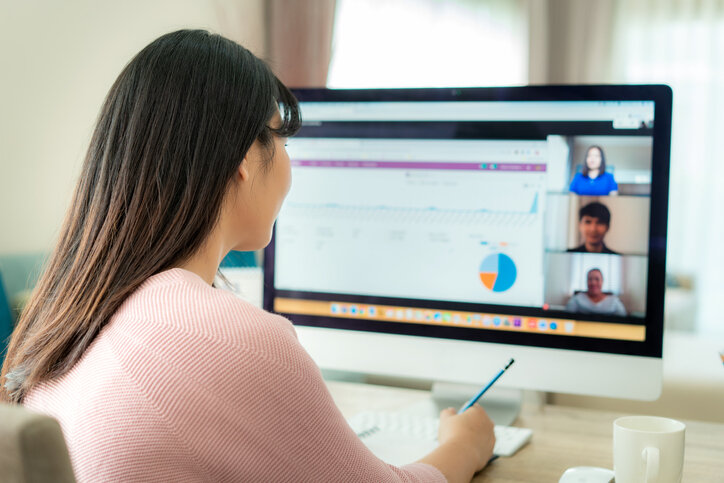
How Marketers Need to Adapt to the Changing Coronavirus Economy
Digital Marketing
Apr 16
We are facing an unprecedented challenge. In a few short weeks, the coronavirus pandemic has transformed American society and economy overnight. Our healthcare system is stretched to the limit, while our social and business systems are now operating in a new, unsettling environment.
How can businesses continue to work at a time of ever-changing circumstances in their industries? What business changes should we expect to see in the short term? Let’s look at a few areas where companies can expect changes, and how they can prepare for them.
1) Adapt to the new landscape and get closer to your customers
The advertising industry is already seeing changes in the way that marketers are responding to the crisis. In the #stayathome environment, marketers are quickly adapting to reaching consumers via online video and streaming TV. Brands are linking up with TV shows and cast members to drive awareness. Beer brand Stella Artois has teamed up on social media with a couple on the ‘Love is Blind’ TV show to pay for a wedding while the couple is using social distancing.
Since delivery and takeout are top of mind for many Americans, food marketers should look to retool their distribution methods to reach their target audience in the coming months. Little Caesar’s for example, has partnered with Conan O’ Brien’s #conanathome show to deliver a pizza to his home during the segments.
To succeed in the following months, marketers and agencies need to be flexible toward consumer behaviors and respond accordingly. Advertising Age is keeping a running tab of the new ideas and expanded opportunities that marketers are using in response to the changed environment. Take a look here.
2) Employers will be more open to having a remote-connected workforce.
Working from home has been mandated by many employers during the coronavirus crisis, and employees working from home have taken to the task with appreciation for the trust given by their employers. However, because not all bandwidths are created equal, and because everyone will be at home and using their devices, there may be varying ranges of web communication quality, depending on home broadband networks.
Can employees produce as effectively at home as they do in the office? American employers are certainly hoping so, but at the moment it is difficult to measure. But if a remote-connected workforce can produce as well as, or even better than, in the office, expect to see more people working from home in the future. An increase in employer trust in employees will be an additional benefit for the workplace.
3) There will be more video conferencing in the coming decade.
The mandatory closure of offices, restaurants, and factories is forcing many people to conduct their work and social interactions via the internet using the various forms of online video conferencing. Services including Google Hangouts, Microsoft Teams, GoTo Meeting, Facetime and Zoom are changing the business communications landscape. Even musicians and artists have been using Facebook to do their work, performing for fans from within the confines of their homes.
In a recent study, data analytics firm Sensor Tower found that between early January and March, when the pandemic started making itself felt in the US, the number of new users on these platforms increased from one million to seven million. As more people become comfortable with using video calls, video interviews, and other online communications, businesses should move to capitalize on this new efficiency.





